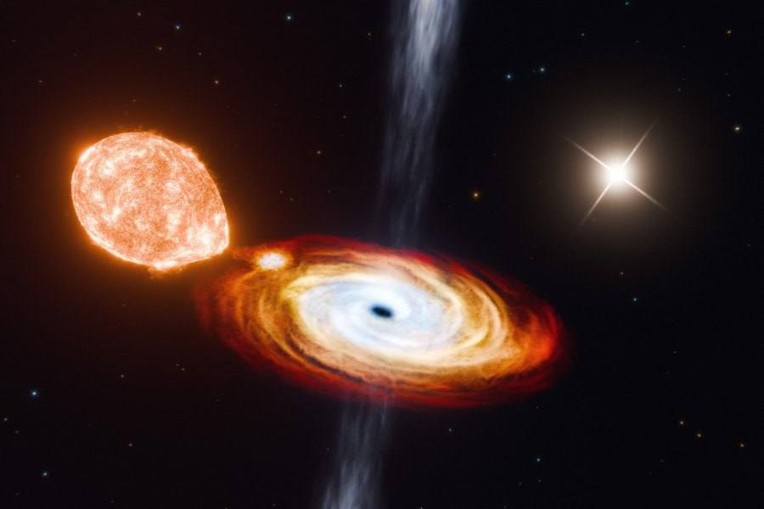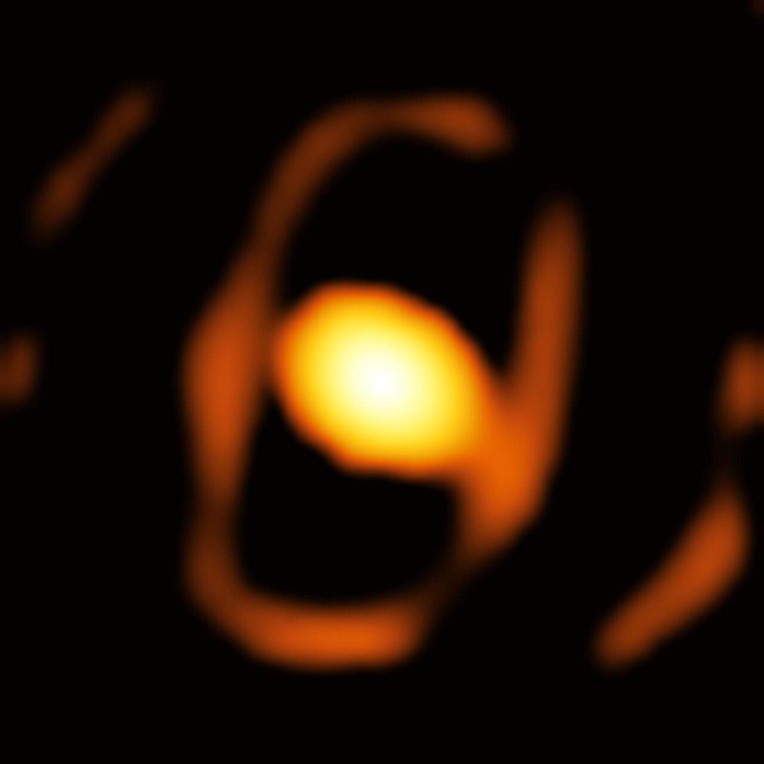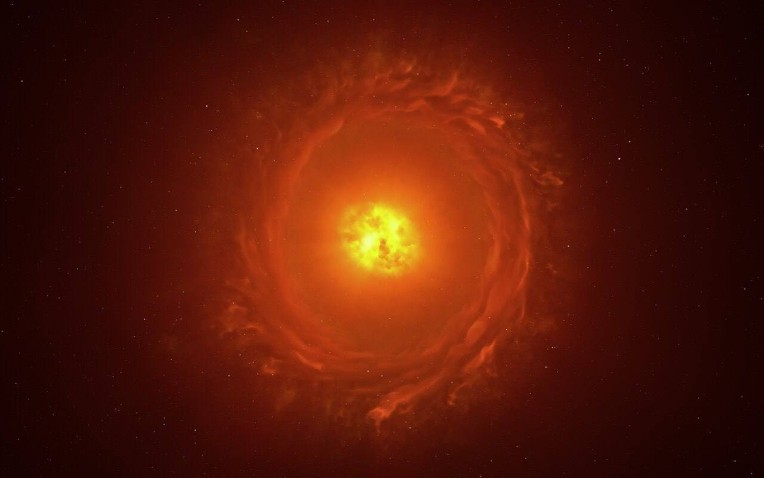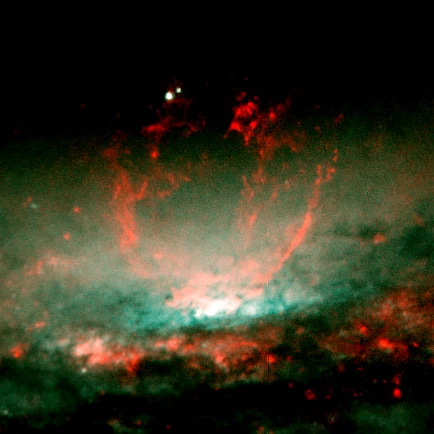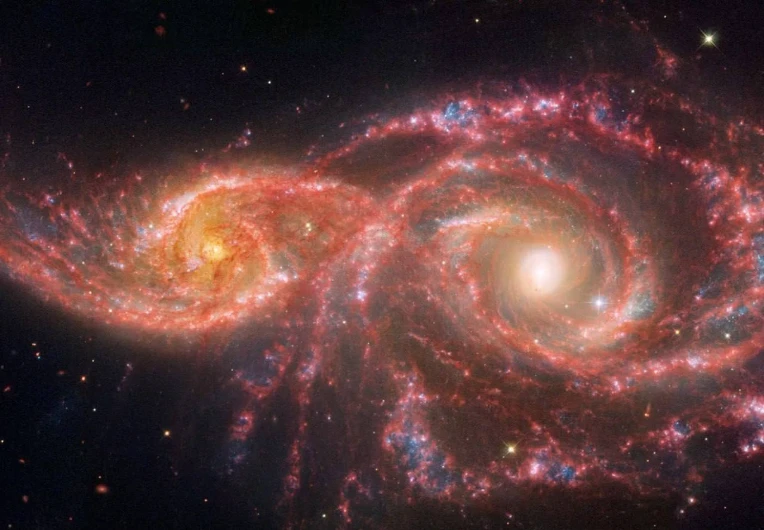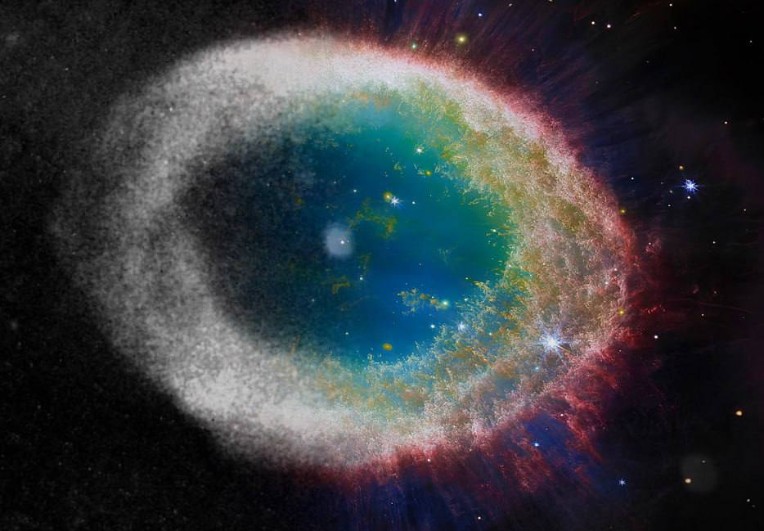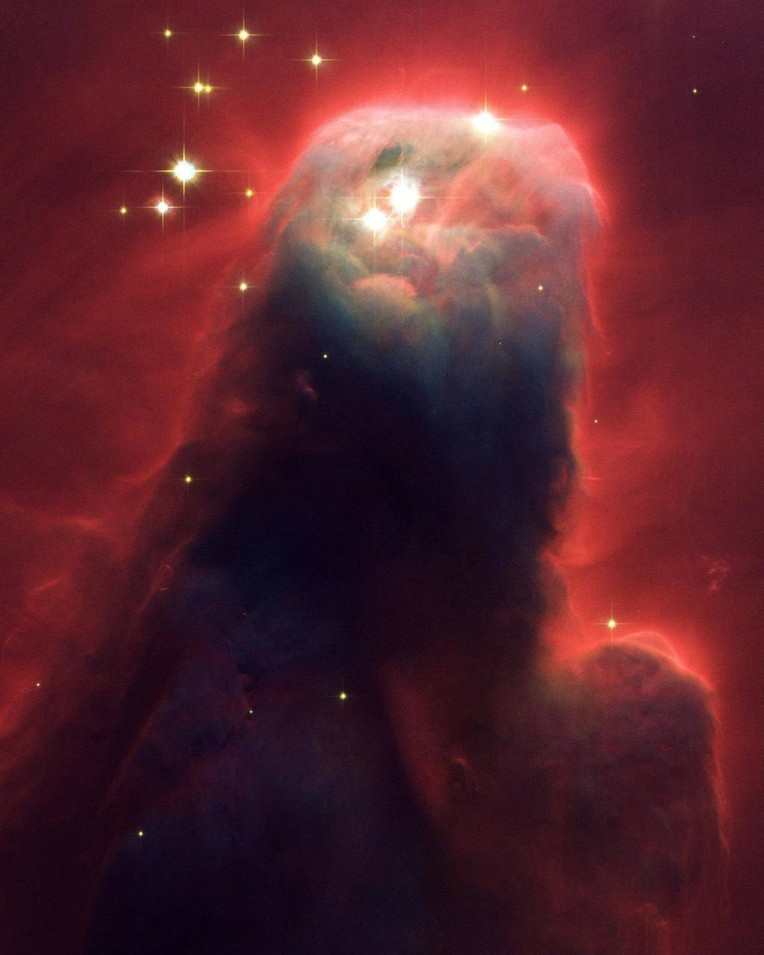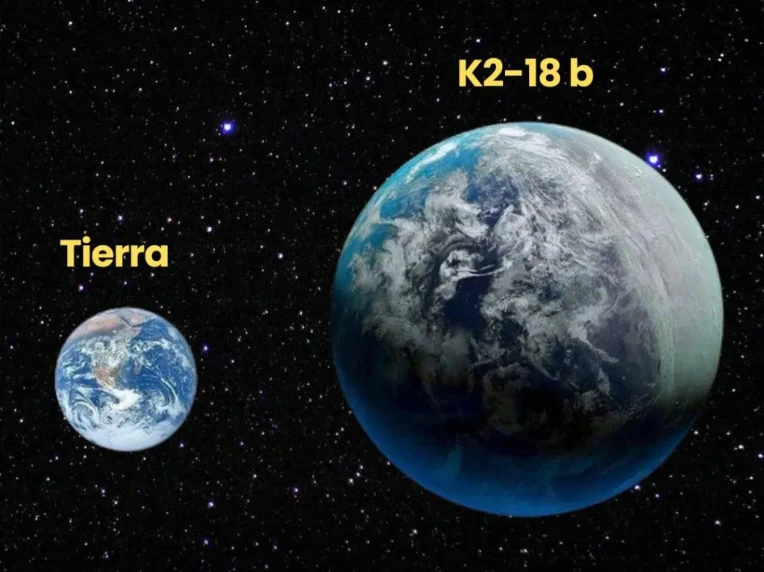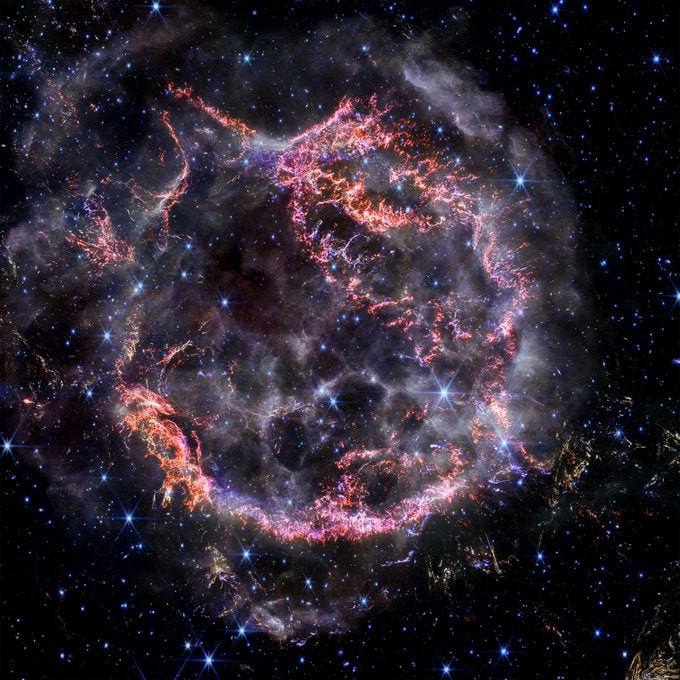Astrophysicists from Caltech and MIT reported the discovery of the first triple star system with a black hole, located in the V404 Cygni system. It consists of a black hole "feeding" on a nearby companion star and a third star in a distant orbit with a period of approximately
The discovery was made possible thanks to data from the Gaia mission, which confirm that the third star is gravitationally bound to the system.
